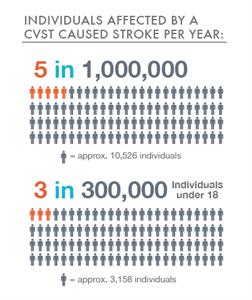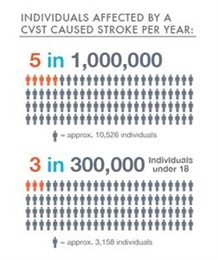Moyamoya Disease
Moyamoya disease is a chronic and progressive condition of the arteries in the brain. People with moyamoya disease have narrowing of these blood vessels that leads to blockages and can eventually cause ischemic stroke, hemorrhagic stroke, and seizures.
What You Need to Know
- Moyamoya disease is often diagnosed in children 10 to 14 years old, or in adults in their 40s.
- Females and people of Asian ethnicity have a higher risk of moyamoya disease, and research studies show a genetic link.
- The term “moyamoya” is Japanese, and refers to a hazy puff of smoke or cloud. In people with moyamoya disease, this is how the blood vessels appear in the angiogram—a type of brain scan.
- Moyamoya disease is distinct from moyamoya syndrome. In moyamoya syndrome, patients have a similar radiographic appearance of blood vessels, but the narrowing is caused by different mechanisms than the genetic mutation that leads to moyamoya disease. These mechanisms are important to discuss with your doctor.
- Treatment involves managing symptoms with medicine or surgery.
Moyamoya Disease Symptoms
-
Recurring transient ischemic attacks (TIAs or “mini-strokes”)
-
Stroke: Ischemic stroke (due to blockage) or hemorrhagic stroke (bleeding)
-
Hemiparesis: weakness or paralysis on one side of the body
-
Progressive difficulty in thinking and remembering due to repeated strokes and bleeding
In diagnosing moyamoya disease, the doctor may recommend an electroencephalogram, or EEG, which may show a characteristic electrical pattern when the person is asked to breathe heavily.
Other neuroimaging, including computed tomography (CT) and magnetic resonance imaging (MRI) of the brain are also important tests. A brain scan using angiography or ultrasound may also reveal problems with blood flow to the brain and help doctors identify any vessels that are stiffened or blocked.
Treatment for Moyamoya Disease
Moyamoya disease treatment involves managing symptoms, improving blood flow to the brain and controlling seizures. Blood thinners can help avoid clots and blockages, but can also increase the risk of bleeding. The doctor will carefully assess each patient’s unique situation in recommending any medicines.
In some cases, revascularization can help. This is surgery to rebuild the blood supply to the underside of the brain, a delicate procedure that should be performed by an experienced vascular neurosurgeon. In the postoperative period, pain control and careful monitoring of the patient are essential to avoid a stroke.




